I'm not sure if you've tried the Opencv library yet, but it has a very nice way to deskew an image. I've got here a small snippet that takes an array of corners, your four corners for example, and a final size to map it into.
You can read the man page for warpPerspective on the OpenCV site.
cv::Mat deskew(cv::Mat& capturedFrame, cv::Point2f source_points[], cv::Size finalSize)
{
cv::Point2f dest_points[4];
// Output of deskew operation has same color space as source frame, but
// is proportional to the area the document occupied; this is to reduce
// blur effects from a scaling component.
cv::Mat deskewedMat = cv::Mat(finalSize, capturedFrame.type());
cv::Size s = capturedFrame.size();
// Deskew to full output image corners
dest_points[0] = cv::Point2f(0,s.height); // lower left
dest_points[1] = cv::Point2f(0,0); // upper left
dest_points[2] = cv::Point2f(s.width,0); // upper right
dest_points[3] = cv::Point2f(s.width,s.height); // lower right
// Build quandrangle "de-skew" transform matrix values
cv::Mat transform = cv::getPerspectiveTransform( source_points, dest_points );
// Apply the deskew transform
cv::warpPerspective( capturedFrame, deskewedMat, transform, s, cv::INTER_CUBIC );
return deskewedMat;
}

